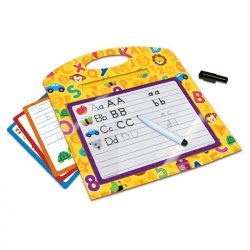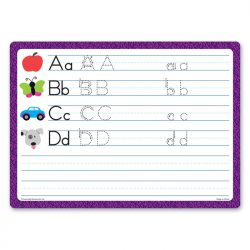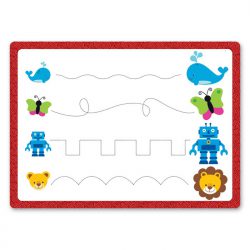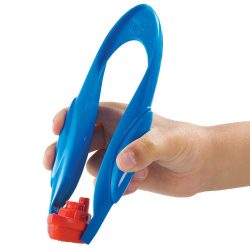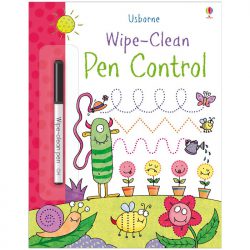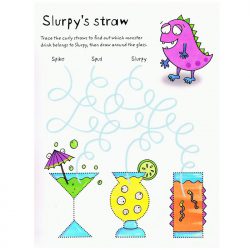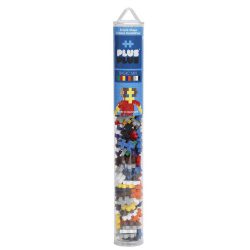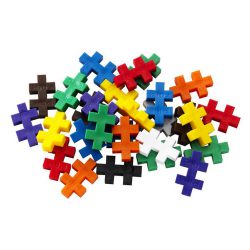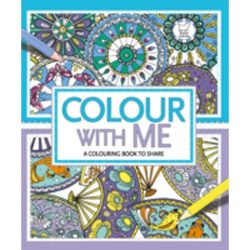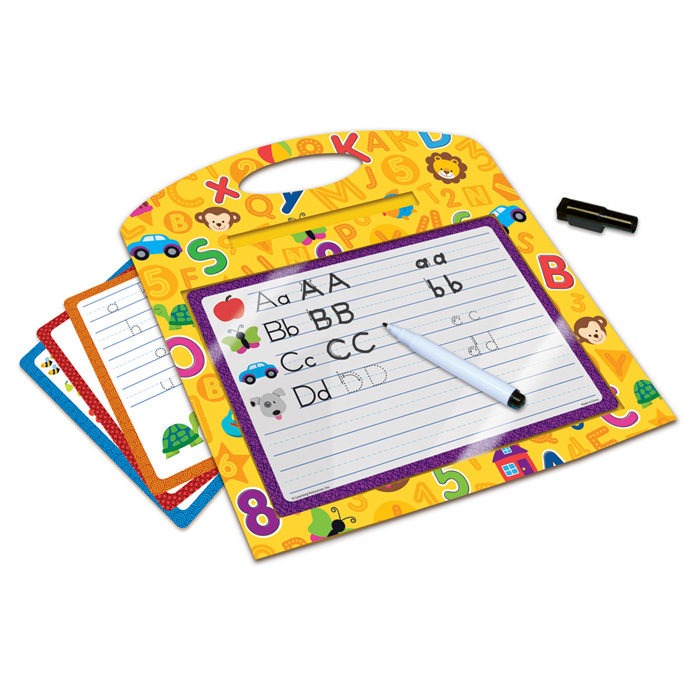
Getting to Grips With Handwriting
Why can’t I find a good book for practicing handwriting?
This is a question that we often get asked in our shops. The answer is that schools have a lot of leeway in how they teach handwriting so there is no standardised “right” resource for all students. Some schools teach Reception Year to block print and then move on to cursive style letters in Year 1. Others introduce children to a cursive letter shape right from the start. More confusing still, there are various fonts for cursive writing and each school has a policy that specifies the exact style that all their students are expected to use. You need your child to be practicing the same font that they are using in their school. Any parent that has had a child move schools during the formative handwriting phase will tell you that it is hard work to re-train letter formation.
So, what can be done to help your child “get a grip” on handwriting?
– Firstly, ask the school for practice sheets. Most are happy to provide them and if not, ask for the name of the font that their school uses. Resources can be printed from online providers for all the UK styles. A great solution is to slide your print outs into a plastic wallet or use the Learning Resources Trace & Learn Writing Set to create a re-usable, wipe clean surface for children to practice little and often.
– Anything that improves finger strength and pen control will help. Dot to dot books, drawing, clay modeling, mazes and threading are all great activities for improving fine motor skills. Recommended are: Chunky Easy Grip Tweezers, which can be used to pick up cotton balls or pluck grapes from a bowl and Usborne publish a great Wipe Clean Pen Control Book which is perfect for preparing preschoolers for writing.
– For children that know their letter shapes but are having difficulty with being consistent it is beneficial for them to slow down, loosen their grip and concentrate on control. Games like Jenga, Pick Up Sticks and Tidley Winks are fun games that encourage patience and nimble fingers. We also love neat construction toys like Plus Plus that encourage dexterity and precision or highly detailed colouring in-books printed on very white paper like Colour With Me that look amazing if you take the time.
Learning to write is a difficult process, requiring your mind and body to do a lot of processing in the right order – like the old trick of rubbing your tummy and patting your head. Practice, patience and a sprinkling of fun will improve the ride!

